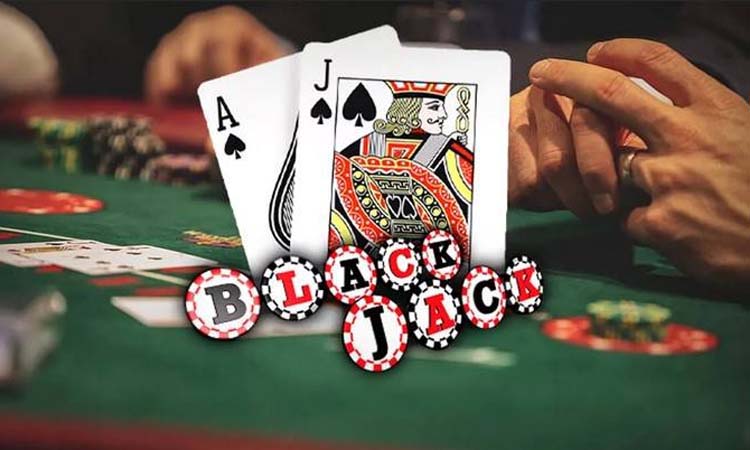Blackjack is a card game played with a standard deck of 52 playing cards. The goal of the game is to score as many points as possible without exceeding 21. There are several varieties of blackjack, including one-on-one blackjack and Blackjack for money. In all variants, the player is dealt an initial hand consisting of two cards, and then he can take additional cards until he scores 21 points or less.
If a player scores more than 21 points, he loses the bet. There are also options when the dealer puts not on 21, but on 17, 18 or 19. However, they do not affect the outcome of the game; if a player gets 20 or more by knocking out a soft 17 or 18, he still loses his bet. The following card values are used in blackjack: Aces are counted for 1, twos for 11, threes for 12, fours for 13 and fives for 14. Blackjack is counted at face value, that is, from 10 to ace (not including queens) – zero.
The main strategy of playing blackjack is to choose a suitable strategy based on the rules of the game and your personal preferences. This includes playing conservatively (in order to avoid losing), but also being willing to take risks when there is an opportunity to get a big reward by quitting the game early.
In order to win, you need to play correctly. This means that you need to know when to take risks and when to hold back. Decide what you want to do: “lie down” (make big bets) or “stand” (make small bets). Betting is riskier, since you are betting more money in advance. But it can pay off if you get a high hand, for example, an ace or an eight. On the other hand, the rack is less risky, since you risk only a small amount of money.

Blackjack is a very simple game that can be played both in a casino and at home. The goal of playing blackjack is to get as close as possible to the 21st number without exceeding it (the so-called “boost” or “boosting”). There are several common mistakes in blackjack that most people make:
- Inability to count cards. Blackjack players need to know how to count cards and how to distinguish aces from face cards.
- Think that the dealer always has an advantage. The dealer does not always have an advantage in blackjack; it depends on the rules of the casino and the table scheme. You can easily beat the dealer if you use basic counting methods, for example, count cards correctly and be able to distinguish face cards from aces.
In blackjack, players usually bet against the dealer and try to get a winning hand. Blackjack is played in different ways, but the most common option requires the player to place an ante bet and choose whether to hit or stand. Players can also choose between single-deck (one deck) and multi-deck (more than one deck) Blackjack.
There are several things you can do to increase your chances of winning blackjack. First, keep track of which cards you get to know if you’re getting good or bad hands. This will help you determine whether it’s worth playing or whether it’s better to just cash out your chips and move to another table.
Secondly, play conservatively so as not to take risks when you have a good hand. Thirdly, try not to take risks too often, as this can lead to large losses in the future. Finally, remember that blackjack is a gambling game and there is no guarantee that you will win every time you play.


